NAD Electronics C 298 Stereo Power Amplifier Review
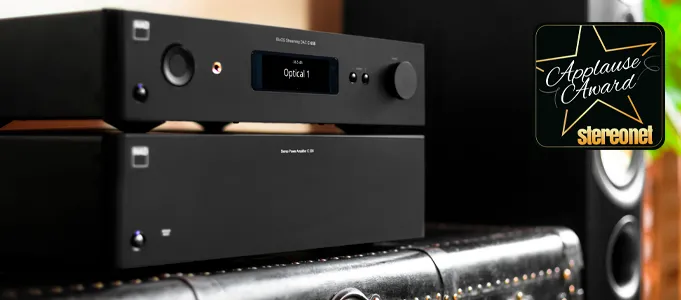
Jimmy Hughes samples this iconic company's latest affordable Class D powerhouse…
NAD Electronics
C 298 Power Amplifier
£1,699 RRP

NAD has long been known for budget esoterica – affordably-priced gear that gives enthusiasts a taste of the high-end without the massive price tag. Yet perhaps its reputation for value isn't so helpful when the company moves upmarket and produces something a bit more exotic and expensive?
It's probably easier for makers of expensive esoteric items to move downwards, than those at the lower-end trying to move up. Not that the C 298 power amp and matching C 658 preamp are eye-wateringly expensive; they're both realistically-priced for what they offer.
For those in any doubt, NAD demonstrated its premium chops with the Masters series of components. These offer luxury build quality, advanced specifications, and superior technology – albeit at a price. The C 298 is closer to traditional NAD territory, offering excellent performance and great value.
Offering a conservatively-rated output of 185W RMS per channel (or 620W in bridged mono mode), the C 298 is a compact stereo power amplifier with single-ended and balanced inputs, and a single set of speaker outputs. Although capable of being used with other preamps, its natural partner is the C 658 digital streaming preamp. This was enthusiastically reviewed for StereoNET by Andrew Baker back in November 2019.
The C 298 incorporates Purifi Eigentakt technology. To quote NAD: "Purifi is a Danish technology company that has brought together several of the industry's leading engineers to apply advanced mathematical modelling to solve the last remaining limitations of audio amplifiers. While there are many good sounding amplifiers on the market today, Purifi has taken a fresh look at every aspect of amplifier performance and found many seemingly small non-linearities that can make a dramatic difference in the overall sound."

NAD had previously used Purifi Eigentakt technology in some earlier more expensive high-end Masters power amps, but the C 298 offers this in something more affordable. The company says it has, "moved away from old-fashioned and power-hungry linear power supplies and Class AB output stages that waste nearly half the energy consumed producing heat, rather than sound. Instead, the company has developed even better-performing circuits based on switchmode power supplies and Class D output stages."
The C 298 is certainly very quiet mechanically and electronically. The specs indicate an S/N ratio of >120dB at full-output. I use sensitive loudspeakers (99dB/1W/1m) but could hear no hiss or hum even with an ear close to the drive units. Likewise, there's no audible buzz from the power transformer.
While the power output is conservatively rated at 185W into 8 ohms, this almost doubles to 340W into 4 and a massive 620W (8 ohms) available in bridged mono mode, while peak power (mono mode) exceeds 1,000W, giving a pair of bridged C 298s massive headroom. So it would be worth getting a second C 298 and using a pair in bridged mode if an upgrade in sound quality and/or more power were desired. The result should be a bigger, weightier sound with increased scale and dynamics.
Quoted distortion is incredibly low, with a claimed THD of >0.005% at full output. A frequency response of 20Hz to 20kHz within 0.2dB, and a -3dB point of 60kHz, is specified. On paper at least, the C 298 gets close to being that proverbial "straight wire with gain"!
Other useful features include an input-sensitivity pot on the rear. So you can either run the amp at normal (full) gain or switch over to the variable option if that suits you better. I felt the sound maybe wasn't quite as clean on the variable setting, albeit not by much.
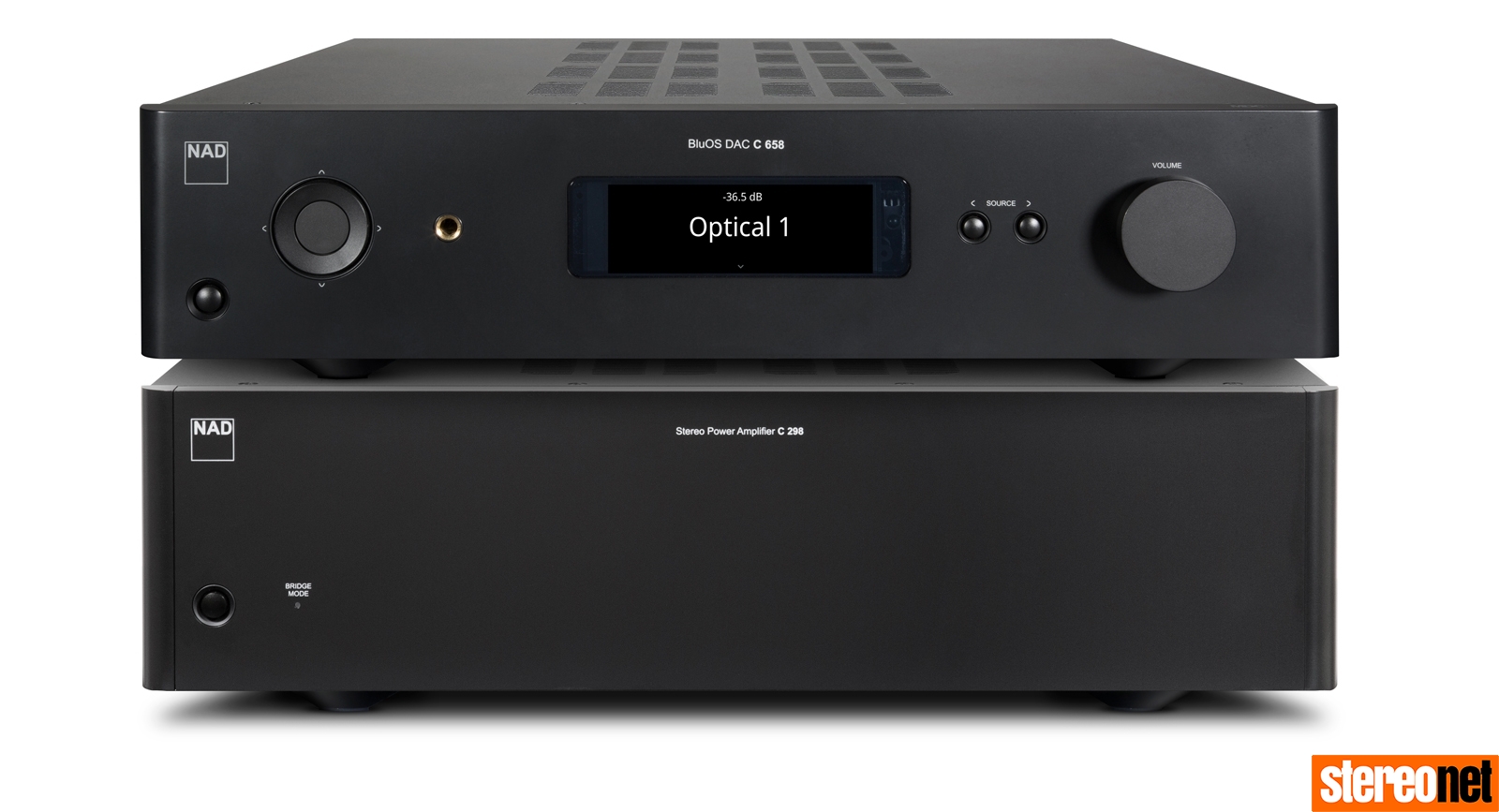
I used my C 298 partnered with NAD's C 658 digital streamer preamp, choosing the balanced XLR connections for the best sound. The preamp has an optional auto power-off feature, which switches the juice off if not playing music for about half an hour.
Build quality is high, without being lavish or extravagant. The overall finish is very good, but there's no unnecessary opulence to make you gasp. The C 298 and C 658 are definitely products for those who listen with their ears rather than their eyes!
It seems there's a degree of shared technology between these two and the more expensive Masters series M33. The latter specs-out slightly better, but not by much, leading to speculation you're getting much of what the M33 offers in terms of performance, at a much lower price.
The C 658 offers a wide range of inputs, both analogue and digital. There are two coaxial digital inputs, two TOSLINK optical digital inputs, a rear-mounted USB (accessible using the BluOS app via a phone), two analogue line inputs, and an MM phono stage.
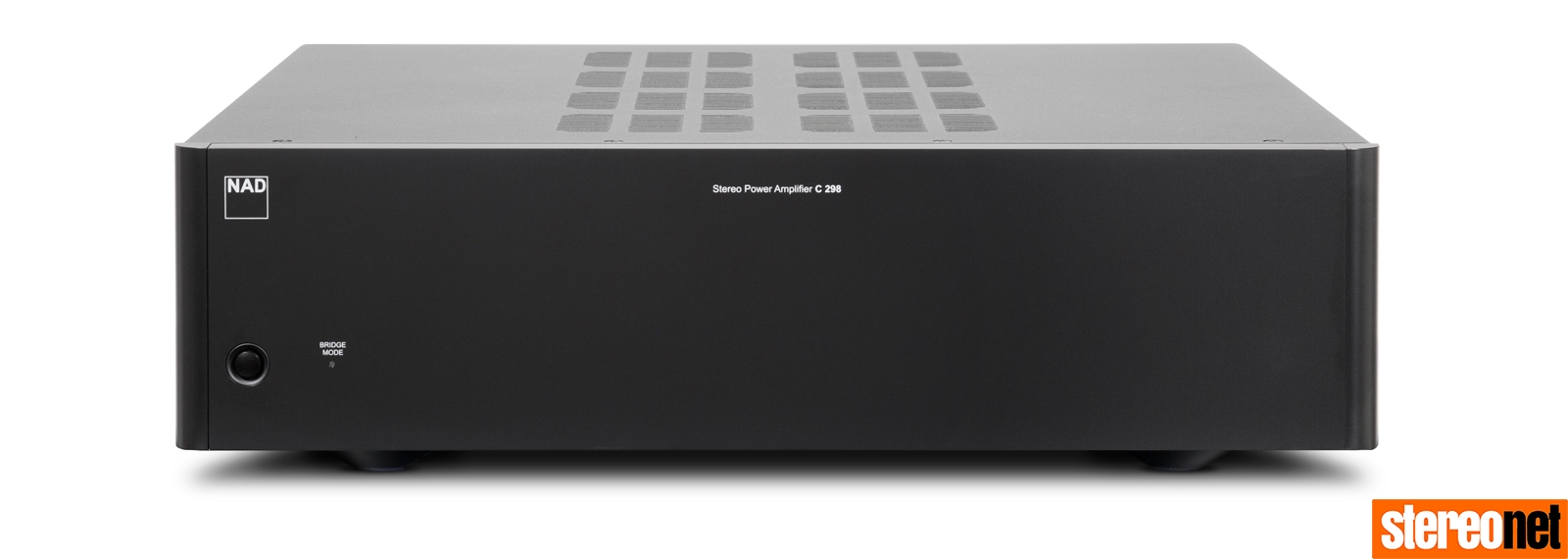
THE LISTENING
First impressions via CD were of a clean, solid, full-bodied sort of musical presentation. Playing the recent DG Beethoven Triple Concerto with Mutter/Ma/Barenboim, the sound had richness, weight and focus, and seemed very clear without being bright or forward. However, was there a slight lack of air and openness – or did I imagine it?
Compared to my reference Musical Fidelity Nu Vista 800 amplifier, I subjectively felt the need to raise volume levels very slightly to create a comparable sense of presence. The NAD combination seemed a wee bit 'shut in' by comparison, but the more I listened, the less this bothered me. The musical presentation struck me as very truthful and correct – it's difficult to put into a few words, but I got the distinct impression of accuracy, with nothing being added or subtracted. I liked that.
Playing the Chandos recording of Grechaninov's 1st Symphony with Valeri Polyanski, and the musical presentation seemed smooth and relaxed, while at the same time offering crisp, fast transients and excellent clarity. Bass was solid and full, and overall the sound was clean and free from high-frequency glare and edge. Stereo soundstaging was impressively vivid and holographic. I really liked that the volume level display gave its readout in decibels. This lets you set precise repeatable volume settings, always knowing where you are. Levels vary in 0.5dB increments, which subjectively creates smooth even changes.
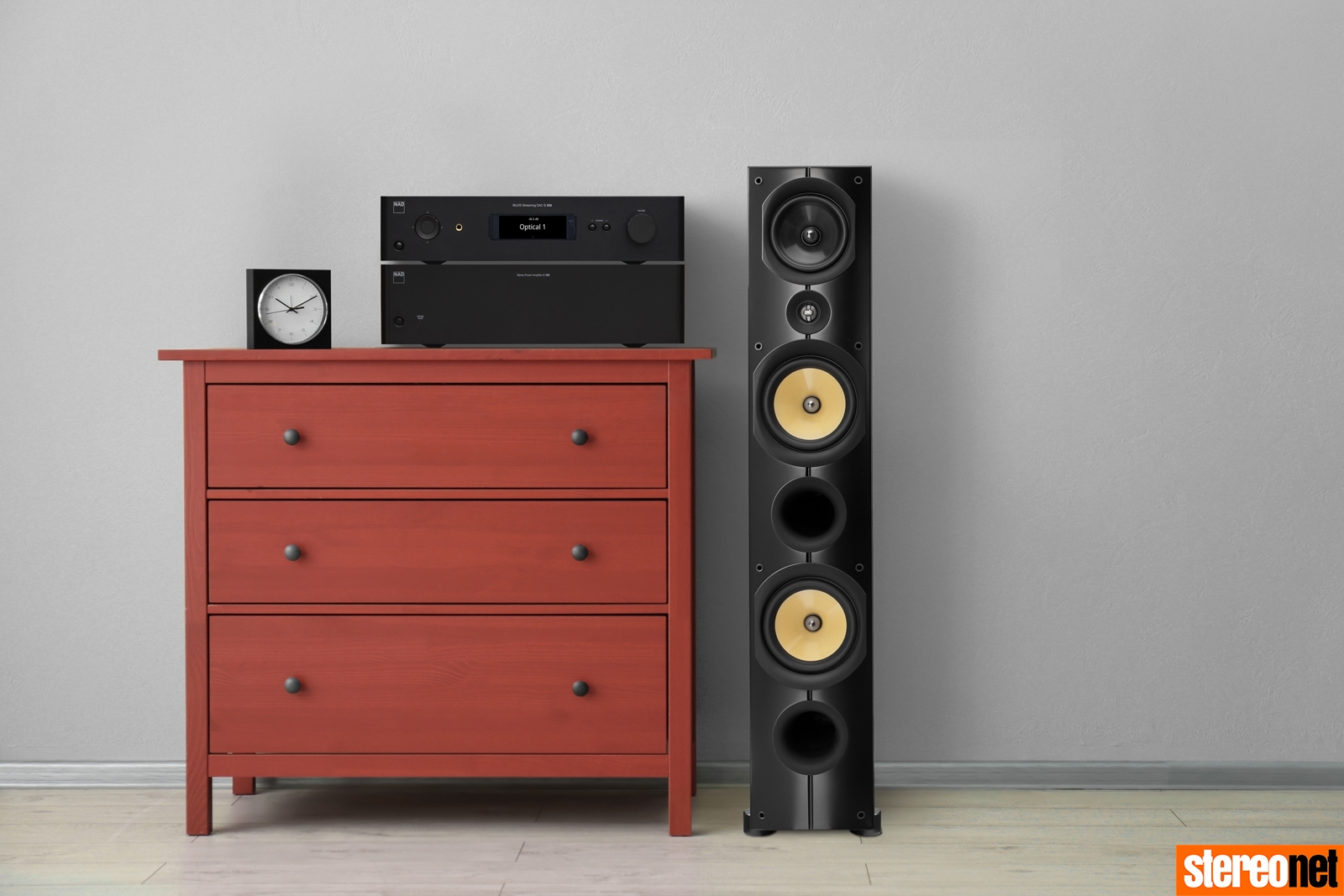
Still listening to CDs, I had a quick play with the tone controls and dialled in a 1dB treble lift. This helped open out the sound of Beethoven's Triple a bit, and I liked the effect. Since the C 658 has an MM phono stage, I gave it a try and the results were surprisingly good. I needed to employ a step-up transformer since I was using a low output MC cartridge. Sonically, the results struck me as excellent – as though I were using a good outboard phono stage. Only the lack of a proper high gain MC input stands as a limitation.
Again, playing Keith Jarret's Standards Vol 1 on ECM vinyl, I sometimes missed a slight lack of upper-frequency sparkle and liveliness. It wasn't by any means serious; just a shade more circumspect and controlled. But once I switched to streamed or downloaded material, the sound suddenly became a lot livelier.
With my regular system, I use a Chromecast device for services like Spotify and TIDAL, and it's always seemed perfectly fine. But playing the old HMV Mahler 5 with Sir John Barbirolli on Warner, I heard a really big improvement running through the C 658 – a much crisper and more focused sound with amazing detail. I definitely did not need that 1dB treble lift anymore!
The preamp's built-in DAC neatly simplified my hotch-potch connections, and served redundancy notices on various separate DACs – a bit like the hi-fi equivalent of those credit deals that allow you to consolidate all your card debt on a single card for one simple, easy payment! But while the C 658 offers an elegant one-box solution for those of us with too many sources, what really impressed was the improved sound quality with downloads and streamed sources. Personally speaking, I still like Compact Disc as a medium, but the format does have limitations.
Hi-res downloads really showcase the full sonic capabilities of the C 658/C 298. The sound has greater bite and definition, and things seem more sharply defined and immediate. Yet at the same time, I could still sense that "nothing added or subtracted" naturalness I'd admired earlier.
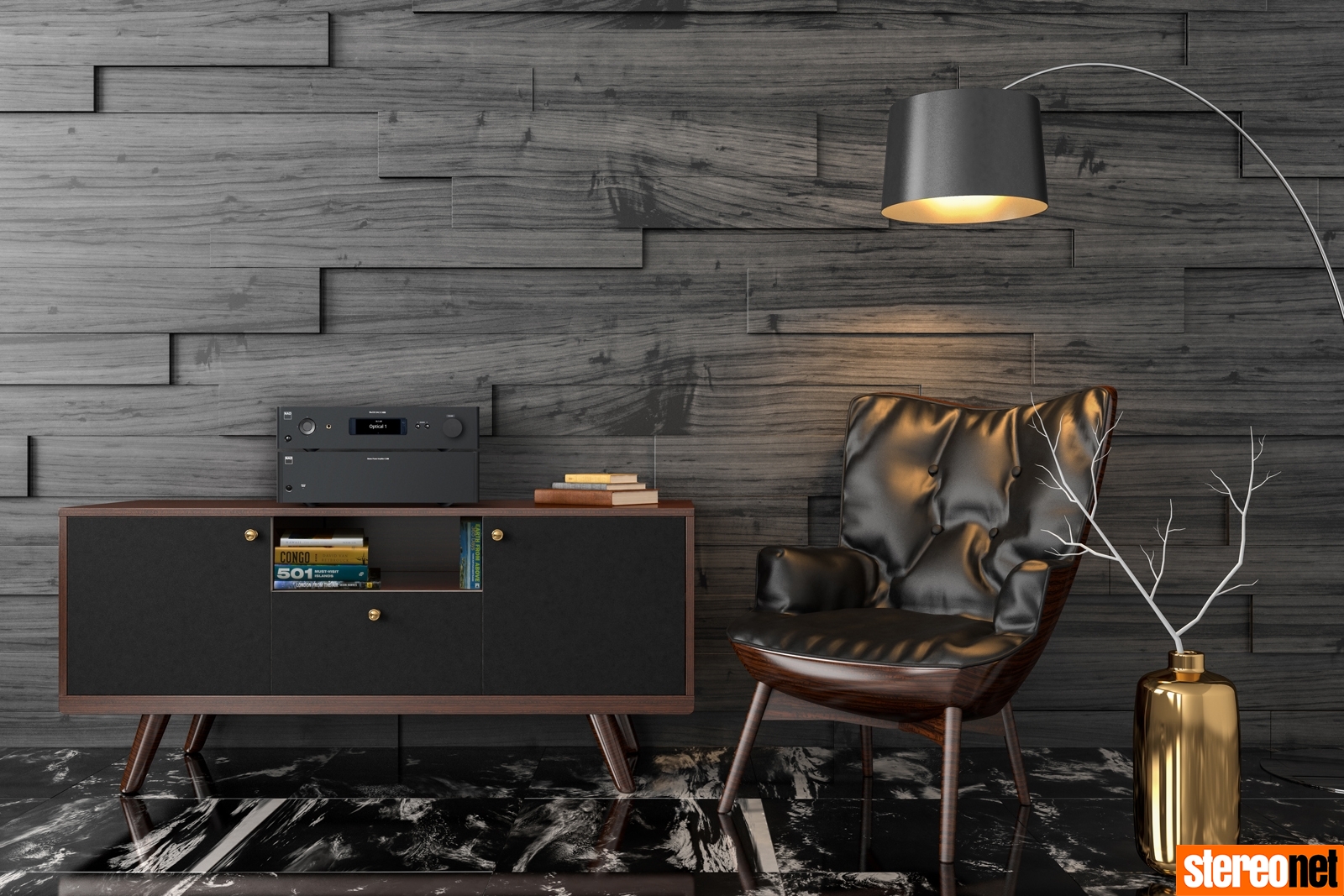
THE VERDICT
 This reasonably affordable NAD combo adds very little of its own signature. It can sound both lean and spare, or rich and opulent –it's largely down to the nature of the recording being played, rather than something added by the electronics. No doubt some may be put off by prejudices against Class D, but listen with an open mind, and I feel certain you'll like what you hear.
This reasonably affordable NAD combo adds very little of its own signature. It can sound both lean and spare, or rich and opulent –it's largely down to the nature of the recording being played, rather than something added by the electronics. No doubt some may be put off by prejudices against Class D, but listen with an open mind, and I feel certain you'll like what you hear.
The C 298 power amp is compact, silent, powerful, efficient, eco-friendly and sounds great. In tandem with the C 658 streaming pre, it's a formidable combination that I could certainly live with. Its versatility and excellent sound make me question how much longer I might keep my Musical Fidelity Nu Vista 800. While I'm not ready to ditch it just yet, its days could soon be numbered...
For more information visit NAD Electronics
James Michael Hughes
An avid audiophile for many decades, Jimmy has been writing about hi-fi since 1980 in a host of British magazines, from What Hi-Fi to Hi-Fi Choice. Based in London, England, he’s one of the UK’s most prolific record and CD collectors – no streaming service can yet match his amazing music collection!
Posted in: Amplifiers | Power Amplifiers | Applause Awards | 2020 | Hi-Fi
JOIN IN THE DISCUSSION
Want to share your opinion or get advice from other enthusiasts? Then head into the Message
Forums where thousands of other enthusiasts are communicating on a daily basis.
CLICK HERE FOR FREE MEMBERSHIP
Trending
applause awards
Each time StereoNET reviews a product, it is considered for an Applause Award. Winning one marks it out as a design of great quality and distinction – a special product in its class, on the grounds of either performance, value for money, or usually both.
Applause Awards are personally issued by StereoNET’s global Editor-in-Chief, David Price – who has over three decades of experience reviewing hi-fi products at the highest level – after consulting with our senior editorial team. They are not automatically given with all reviews, nor can manufacturers purchase them.
The StereoNET editorial team includes some of the world’s most experienced and respected hi-fi journalists with a vast wealth of knowledge. Some have edited popular English language hi-fi magazines, and others have been senior contributors to famous audio journals stretching back to the late 1970s. And we also employ professional IT and home theatre specialists who work at the cutting edge of today’s technology.
We believe that no other online hi-fi and home cinema resource offers such expert knowledge, so when StereoNET gives an Applause Award, it is a trustworthy hallmark of quality. Receiving such an award is the prerequisite to becoming eligible for our annual Product of the Year awards, awarded only to the finest designs in their respective categories. Buyers of hi-fi, home cinema, and headphones can be sure that a StereoNET Applause Award winner is worthy of your most serious attention.





